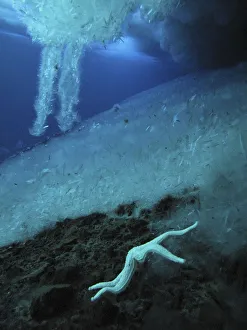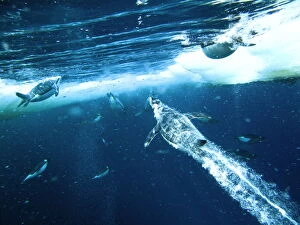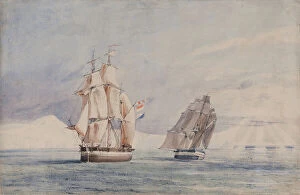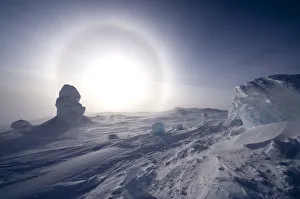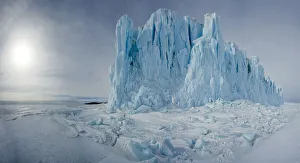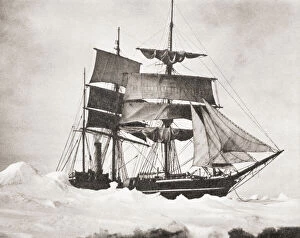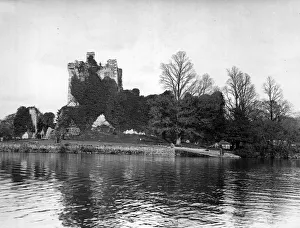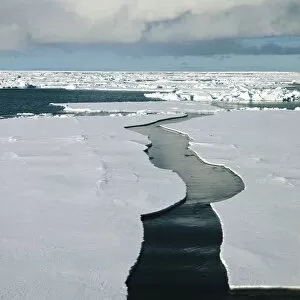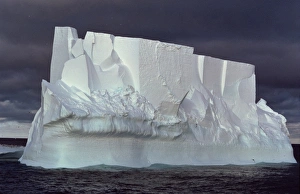Ross Sea Collection
"Discover the Enchanting Ross Sea: A Frozen Wonderland and Ecological Haven" The Ross Sea, located in Antarctica
All Professionally Made to Order for Quick Shipping
"Discover the Enchanting Ross Sea: A Frozen Wonderland and Ecological Haven" The Ross Sea, located in Antarctica, is a mesmerizing realm that captivates with its extraordinary natural wonders. One of its most fascinating phenomena are Brinicles, delicate brine icicles or ice stalactites forming under the ice and gracefully growing towards the sea floor. These enchanting formations create an otherworldly spectacle beneath the frozen surface. Beneath these icy depths resides the Antarctic toothfish, Dissostichus mawsoni, a majestic creature often seen swimming over muddy deep seabeds. As the largest midwater fish in the Southern Ocean, it plays a crucial ecological role similar to that of sharks in other oceans. Its presence ensures balance within this unique marine ecosystem. From above, an aerial view reveals vast expanses of pristine ice pack stretching as far as the eye can see. The H. M. Ships Erebus and Terror once sailed through these waters on their historic expedition to explore unknown territories. Their legacy lives on in captivating watercolor depictions capturing their journey through this frozen expanse. Intriguing contrasts abound as open water emerges amidst heavy floes and pancake-like ice formations dotting the landscape like nature's artwork. Herbert Ponting's artistic rendition from 1913 beautifully portrays this dynamic interplay between solid ice and liquid freedom. Emperor penguins add life to this seemingly desolate environment as they dive fearlessly through openings in the sea ice. Aptenodytes forsteri males navigate effortlessly between two worlds - above and below - showcasing their resilience against harsh conditions while reminding us of nature's remarkable adaptability. As sunlight dances across this icy realm, sundogs or parhelia cast ethereal circles of light around our celestial companion -the sun- while large ice fumaroles stand tall in contrast against a backdrop of endless white horizons.

